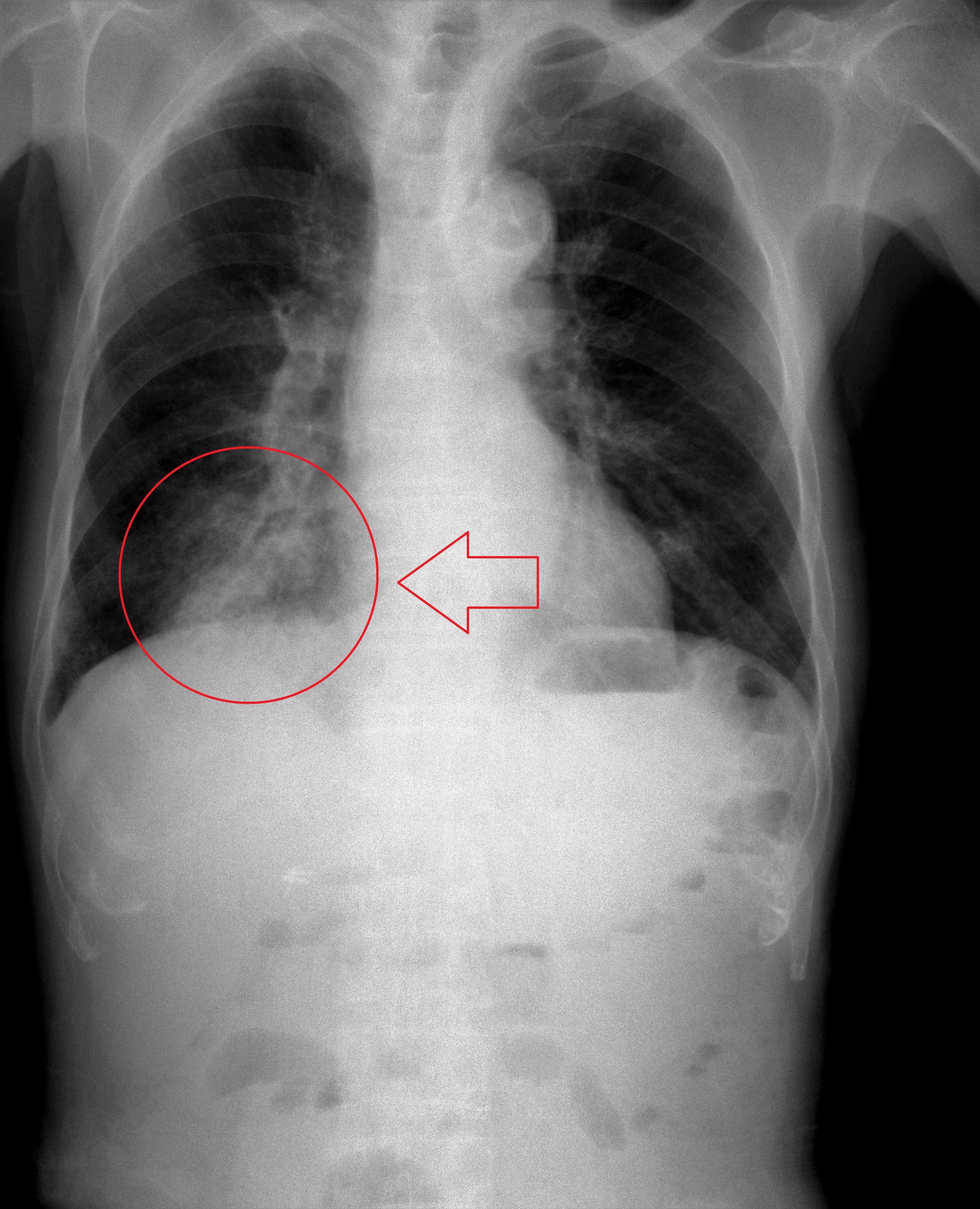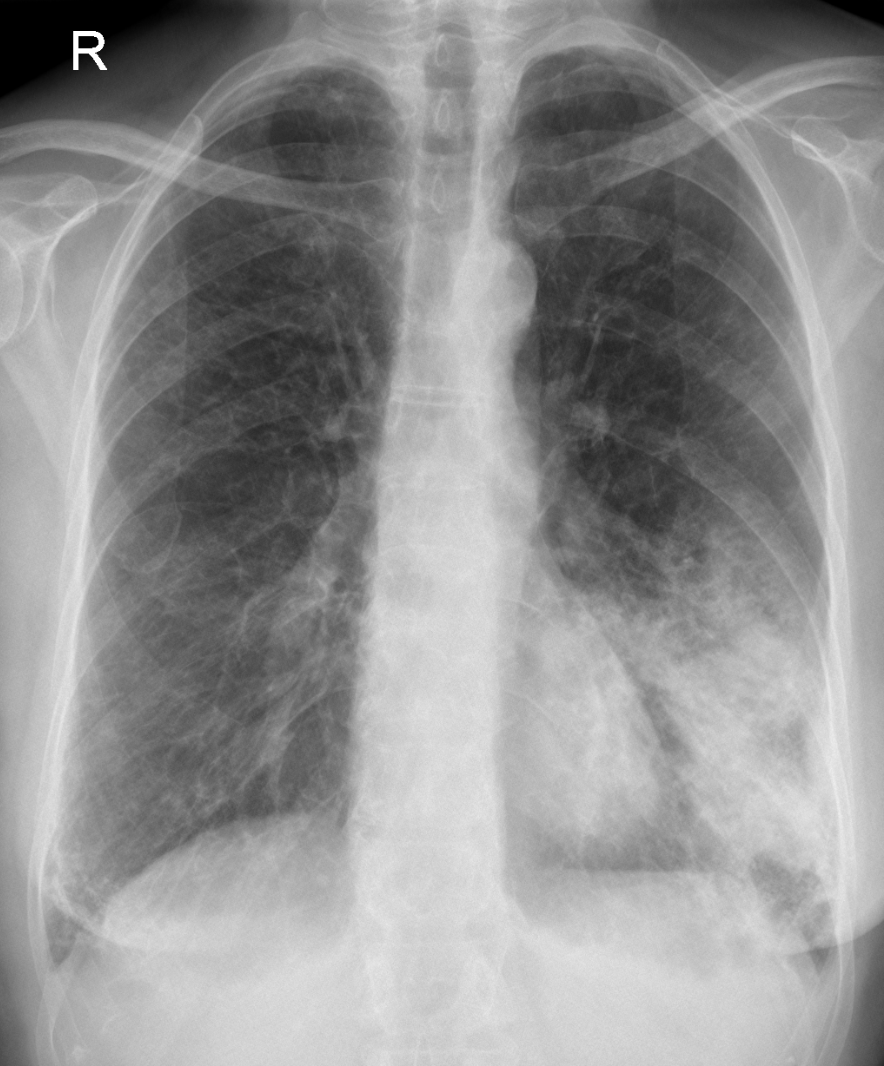

Third, multiple interventions were designed and tested to address the key drivers within the individual practices. 13, 14 The specific, measurable, achievable, relevant, and time-oriented aims were to increase the proportion of children who were diagnosed with CAP at a PCPP who received (1) recommended antibiotics from 24.9% to 80%, (2) pulse oximetry measures from 4.3% to 80%, and (3) the number of CXR or CBC ordered from 9.7% and 6.4%, respectively, to 5% within 2 years.
Pneumonia cxr findings driver#
Second, a key driver diagram was created, and a modified failure mode and effects analysis was conducted to identify potential failures within the process. Each process map was developed by the PPCP per their flow for a typical respiratory-related patient thus, no 2 PPCPs had the same process map. First, a process map was created that depicted the current practice for the process of care variables at each community practice ( Figs 1 and 2). Quality improvement methods were followed to implement and evaluate the adoption of the guideline. 11, 12 This study design was also used to allow the assessment of the intervention within a practice by comparing information to their own baseline data and comparing information between practices in a set time period. This design was used to allow for the sequential delivery of interventions to each clinic over a period of 21 months because it was not feasible to deliver the same intervention simultaneously to all PPCPs. In this quasi-experimental study, we used a stepped-wedge design to test and implement interventions in each of 5 outpatient pediatric primary care practices (PPCPs). Antibiotics are typically prescribed before the results from the CXR are available, with the potential exception for CXRs that are ordered in the ED or urgent care settings in which the time between obtaining the CXR and subsequent interpretation is shorter. However, it remains unclear how often CXRs are ordered in the outpatient setting and whether the ordering of the CXR can influence treatment decisions. 9 The authors concluded that the recommendation to forgo a routine CXR would lead to unnecessary prescribing of antibiotics. 3, – 8 Authors of 1 study demonstrated that more than one-third of children who were undergoing a CXR for suspicion of bacterial CAP did not have radiologic findings to support the diagnosis. The recommendations to forgo complete blood cell (CBC) counts and chest radiographs (CXRs) are among the most controversial recommendations and are based on a limited number of studies that were conducted on children who were hospitalized. However, it is unclear if performing pulse oximetry on all children in an outpatient setting is feasible.

Pulse oximetry is recommended to be performed in children with suspected CAP because the presence of hypoxemia should guide treatment decisions. Antibiotic therapy recommendations included β-lactam monotherapy (eg, amoxicillin) as first-line therapy for children with CAP because β-lactams are effective against the most common bacterial cause of childhood CAP, Streptococcus pneumoniae, 3 and macrolides in combination with β-lactams when atypical pneumonia (eg, Mycoplasma pneumoniae) is suspected. The authors of the recommendations encourage prescribing narrow spectrum antibiotics, increasing reliance on vital sign measurements (including pulse oximetry) for clinical decision-making, and reducing the routine performance of laboratory testing and radiography. In 2011, members of the Pediatric Infectious Diseases Society and Infectious Diseases Society of America published an evidence-based guideline for the management of CAP in children. 1, 2 Most antibiotic prescribing for CAP occurs in the outpatient setting. Community-acquired pneumonia (CAP) is diagnosed in >1.2 million children in outpatient settings and emergency departments (EDs) each year in the United States.


 0 kommentar(er)
0 kommentar(er)
